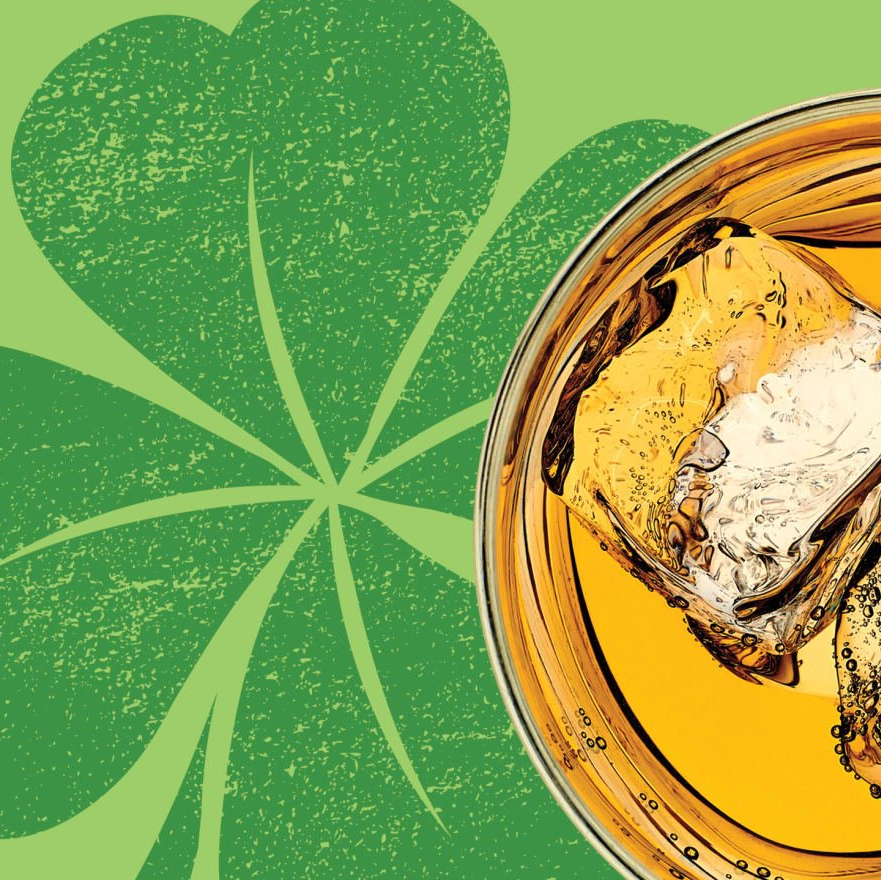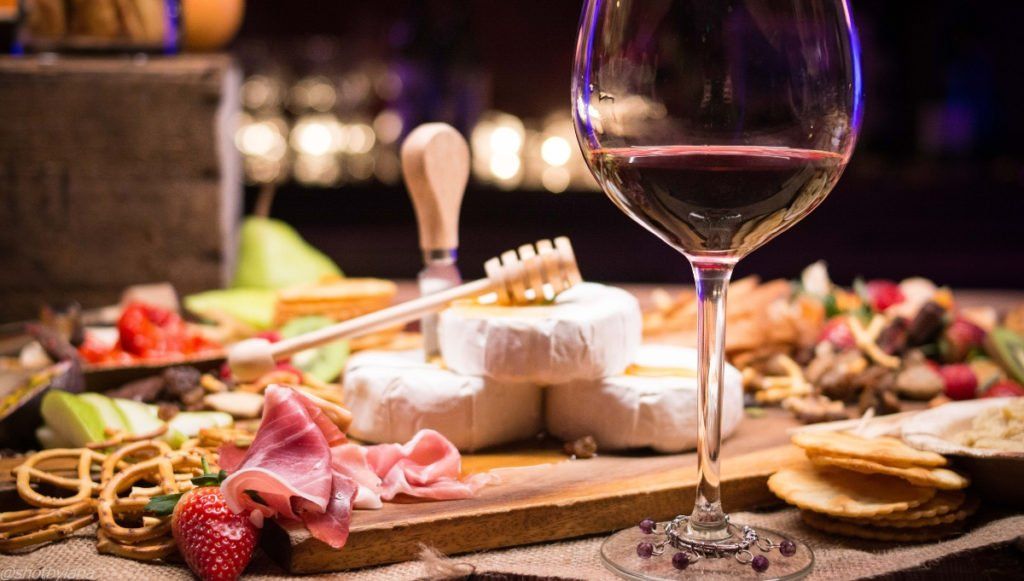Hart Agency's Tequila 101
April 12, 2023
This handy guide will provide you a thorough description of what Tequila is, how it's made, and how it's classified.
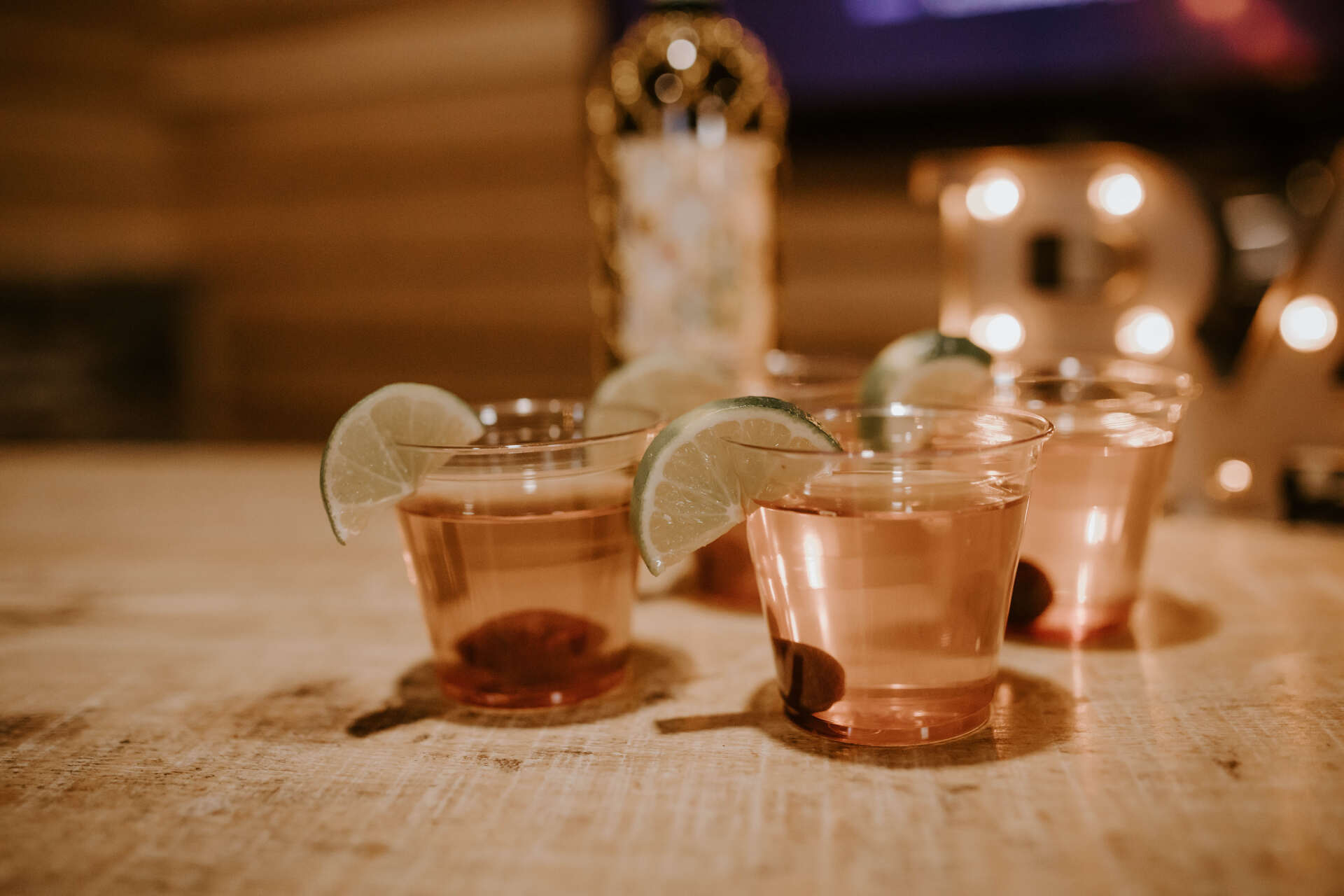
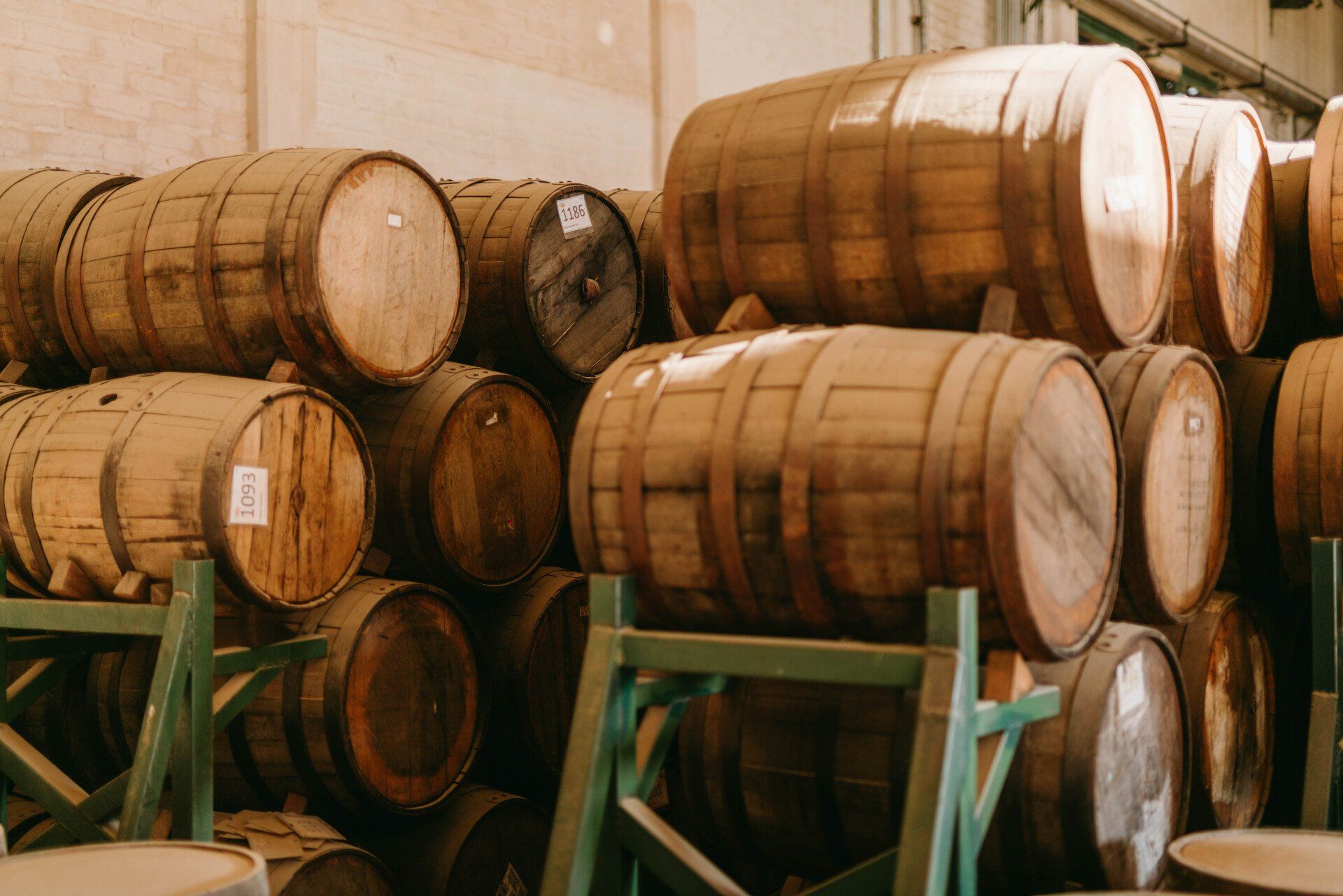
How Tequila is Made
Tequila is made by distilling the fermented juices of the blue agave plant, also known as Agave tequilana. The blue agave plant is a member of the lily family and looks similar to the aloe vera plant. It is grown for seven to ten years before being harvested to make tequila.
The Agave plant produces a large bulb underground called a piña that looks almost like a pineapple. After being harvested, the piña is cut into quarters and then slowly baked until the starches are converted to sugars. The baked piña quarters are then crushed to extract the sweet juice within, which then gets fermented with yeast to convert the sugars into alcohol.
Mexican law states that in order for a bottle to be considered tequila, it must contain at least 51% Weber blue agave. Tequila is typically distilled until it reaches approximately 110 proof and is then cut with water to reduce it to between 76 and 80 proof. By law, tequila cannot go over 100 proof.
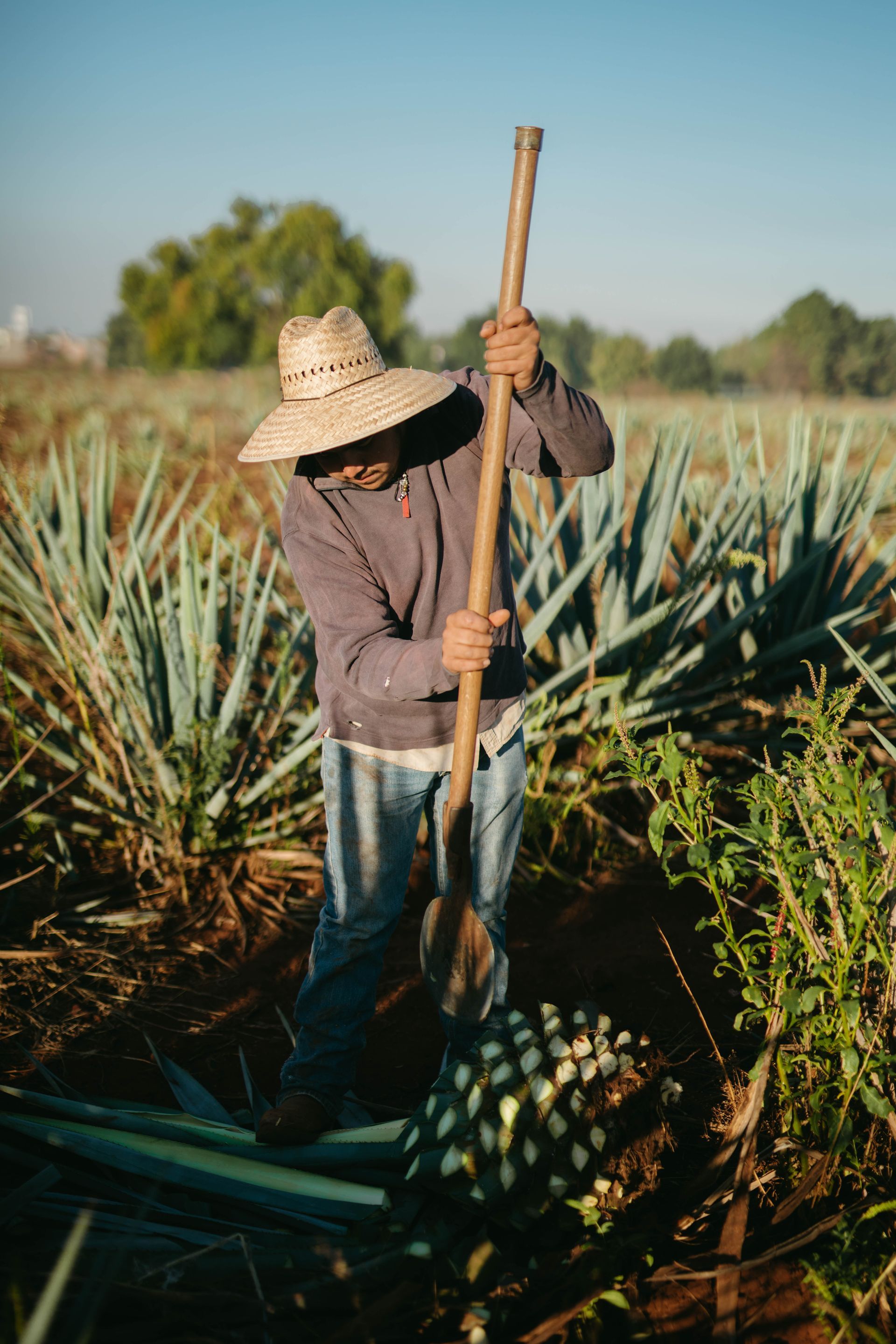
Common Tequila Terms
Here are the words you need to know!
Agave: A drought-tolerant, slow-growing succulent plant. One variety, blue agave, is the primary ingredient of Tequila.
Mezcal: Tequila is a form of mezcal, a broader category of spirits made from many varieties of agave. All Tequilas are mezcals, but not all mezcals are Tequilas.
Jalisco: The western Mexico state where Tequila is said to have originated. It’s home to the town of Tequila, which has red volcanic soil that’s ideal for growing blue agave. While Tequila is produced in four other states, Jalisco is considered by many to have the best terroir.
NOM: Norma Oficial Mexicana, the regulating government body that oversees official Mexican standards of Tequila. Look for the NOM number on Tequila labels to guarantee authenticity. The number is unique to each producer, but it can be used on multiple products if they come from the same distillery.
Blanco: Also called white or young Tequila, it is not aged, spending no more than two months resting in steel tanks before bottling. Blanco Tequila is often ideal in cocktails, and it pairs well with foods like fish or shrimp.
Reposado: Slightly aged Tequila that has spent at least two months, but less than one year in wood barrels.
Añejo: Aged Tequila that has spent at least one year in barrels, but less than three.
Extra Añejo: A relatively new category, created by Mexico’s Consejo Regulador del Tequila in 2006, extra añejo denotes Tequila aged more than three years. Previously, these Tequilas were simply lumped in to the standard añejo classification.
Mixto: A mixed Tequila that’s 51% agave, cut with sugar additives or neutral spirits often derived from sugarcane. Popular brands like Jose Cuervo Gold and Sauza Silver are mixto Tequilas.
Gold: Generally used as a term for Tequila that hasn’t been barrel-aged, but given a similar hue, usually through the addition of caramel or other artificial colorings.
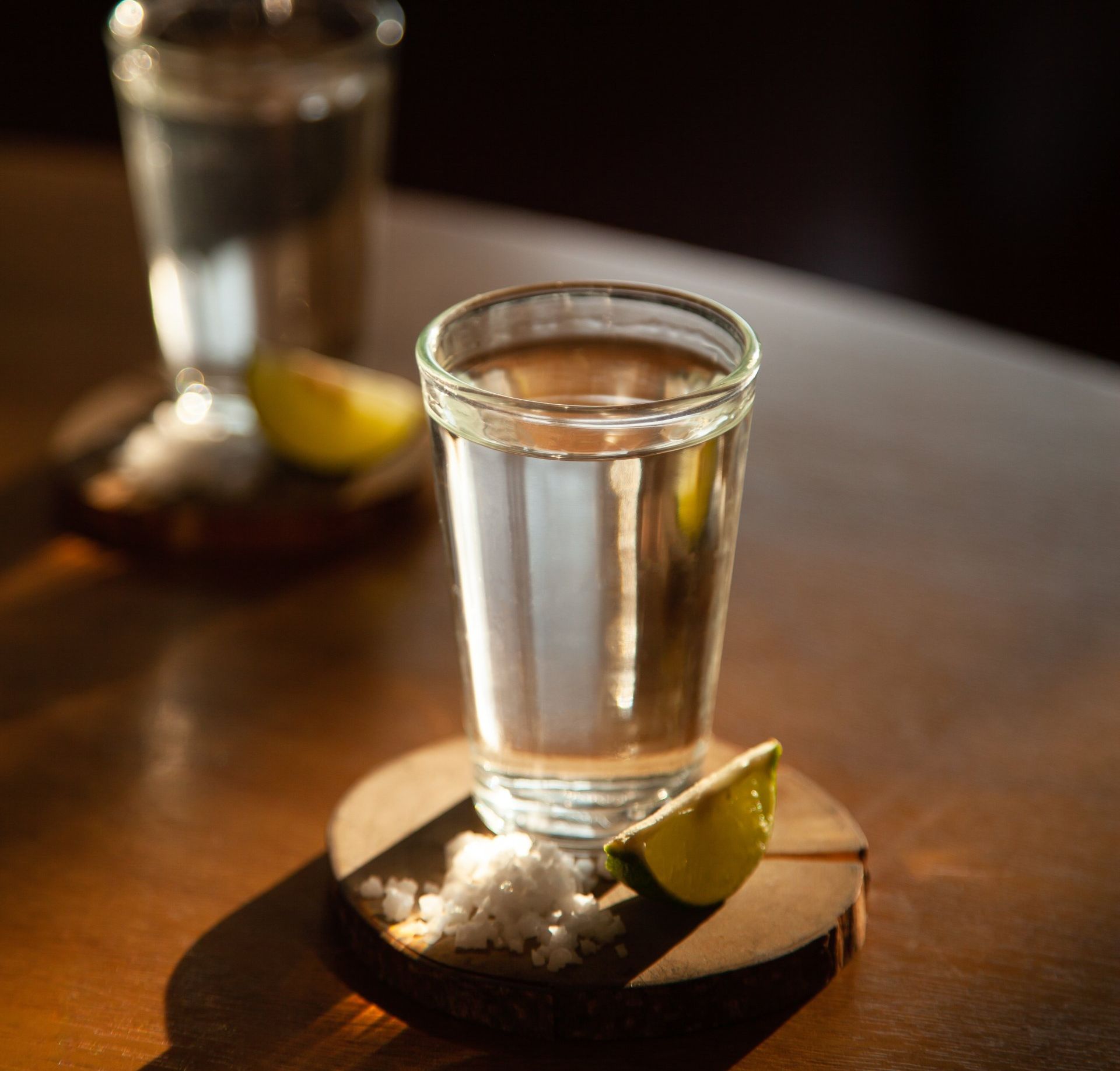
Age Statements
Blanco
Known to produce the purest taste, blanco tequila has a semi-sweet and earthy flavor that tastes distinctly of agave. Blanco tequila is a clear spirit that is rested for no more than 60 days in stainless steel tanks before being bottled.
- The liquid is entirely clear, as there is no aging involved. It is agave in a pure, distilled form, so the quality of the tequila depends on the distiller. And because there is no aging, you will not be getting any additional flavors from a barrel.
- You will likely smell and taste notes of pepper and citrus. For this reason, it goes well with lighter foods like fish and shrimp. You can also put it in a cocktail drink such as a tequila sunrise or a paloma.
Reposado (Reposado translates to “rested”)
This type of tequila is aged in wood casks for a minimum of two months and as many as nine months. The wood imparts a soft oak flavor onto the tequila and gives it the light straw color it’s known for. Many distilleries even use bourbon barrels to age reposado tequila to add another layer to the final taste.
- Reposado translates to “rested.” This tequila is light brown, almost caramel in color, and aged in wooden barrels anywhere from 2 months up to 1 year. It also has less of a bite than Blanco tequila as the flavor softens from the slight aging process.
- You will likely taste notes of oak, agave, and some vanilla. If you’re looking to have some food on the side, try pairing it with pork tacos.
Joven
Joven is the Spanish word for young. In tequila- speak, it means a Blanco mixed with Reposado or Añejo to add some depth and subtle character. At its very basic definition, a Joven Tequila is a blanco tequila blended with aged tequilas
Añejo (Añejo translates to “old”)
Aged for a minimum of one year in white French oak casks or used bourbon barrels, Añejo tequila is a dark liquor that tends to be smooth and robust. This type of tequila has a nice balance of oak and agave, with undertones like caramel and butterscotch.
- Añejo tequilas are typically fore sipping, though they can also be used in heavier drinks such as a Manhattan in place of whiskey.
- Translated “old tequila,” it’s usually aged in oak tequila barrels for 1 to 3 years. It’s dark brown in color and you can often taste notes of smoke, caramel, vanilla, and agave. This tequila also goes well with richer food such as steak or chocolate.
Extra Añejo (Translates to “extra aged”)
As you can guess, this tequila is extra old, making for a bolder flavor profile. If you have a bourbon drinker- recommend they try this kind!
- To be considered extra añejo, it must be aged over 3 years in a barrel. It is full of wood tannins and has a dark, rich brown color.
- This will not have a strong agave flavor, as the oaky notes will take control due to the long aging process. Other notes you may find are smoke and butter. And if you’re a consumer of darker alcohols such as whiskey, this flavor profile will likely appeal more to you than a Blanco or Reposado.
Cristalino
The newest classification of tequila, a Cristalino is an Añejo or Extra Añejo that’s been filtered with charcoal to remove the heavier compounds and colors that find their way into the tequila during the barrel aging process, leaving only smooth flavors. Because of the filtering, the liquid is also usually left crystal clear, instead of the darker colors that aged tequila typically has.
Mezcal
While tequila must be made only from the Weber Blue Agave, mezcal can be made from that plant, or any one of 49 other different agave varieties. So, just as a scotch is whiskey, but whiskey isn’t necessarily scotch, tequila is mezcal, but mezcal isn’t always tequila.
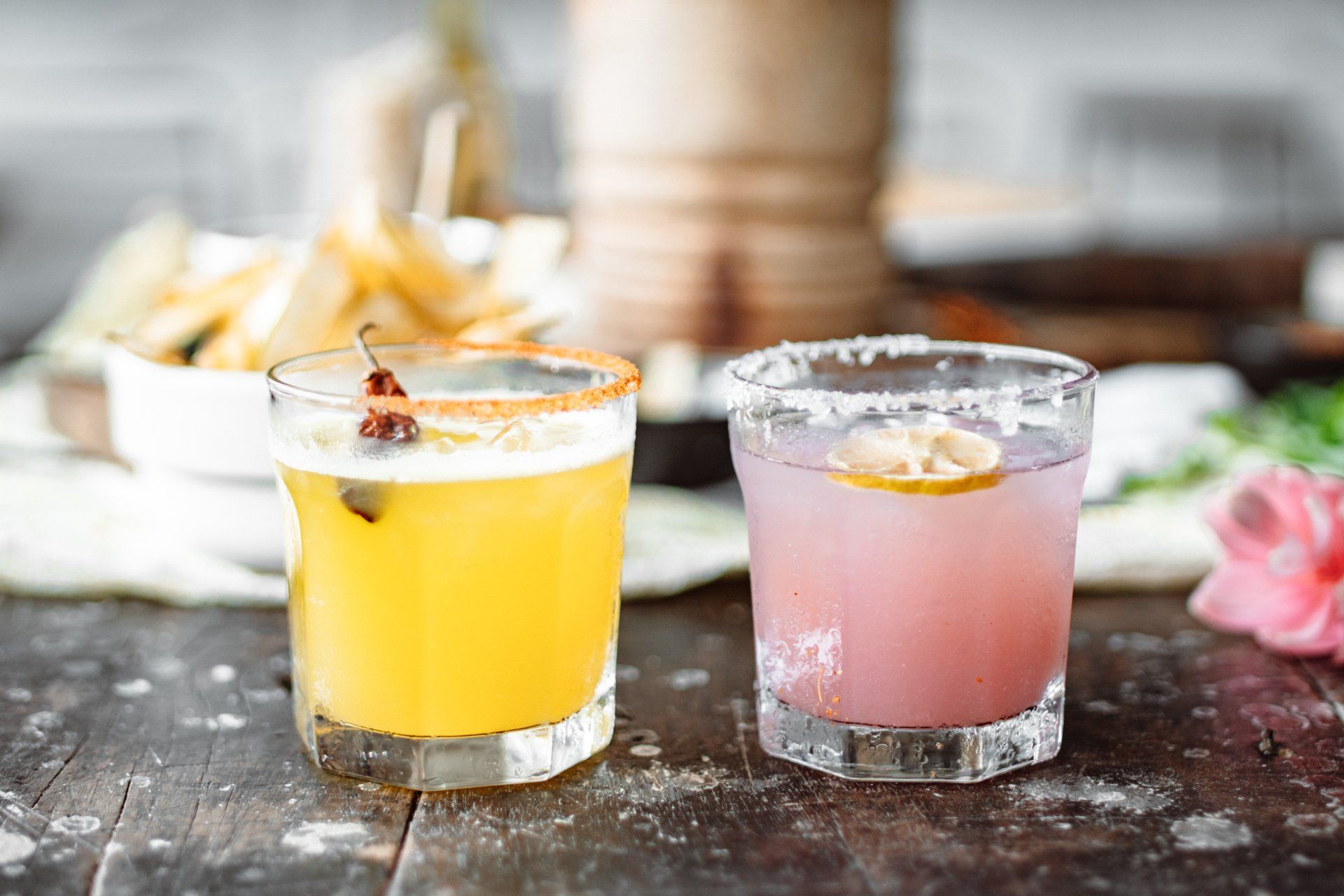
That's all from us for now - thanks for taking a look and thanks to Manager Carolyn for putting this together. Comment below with your favorite tequilas and cocktail recipes!
Cheers,
The Hart Team


